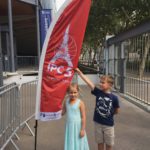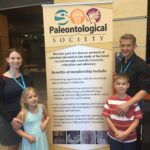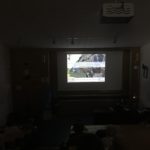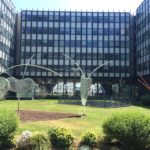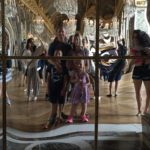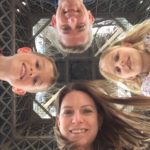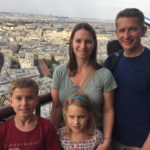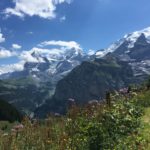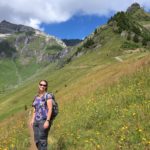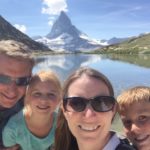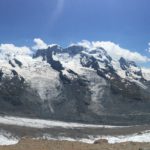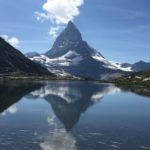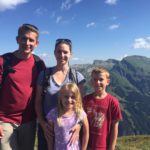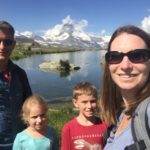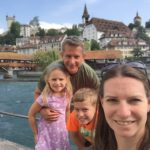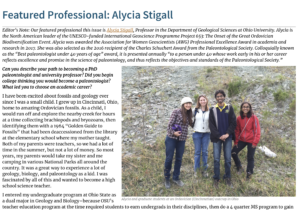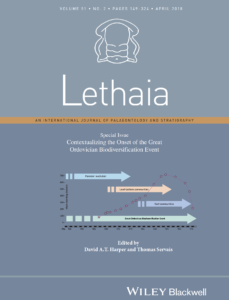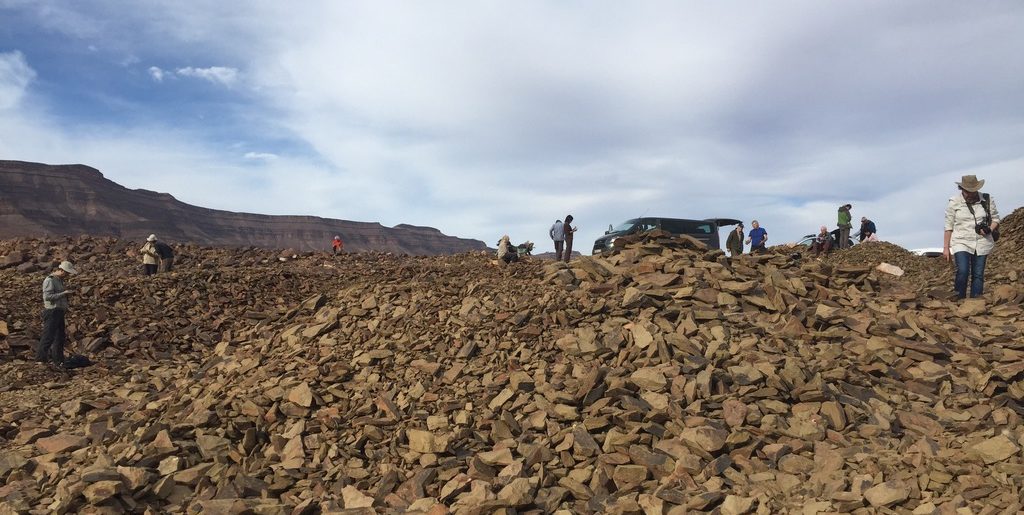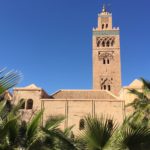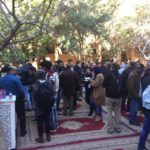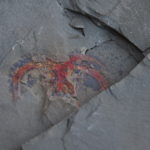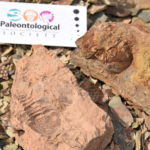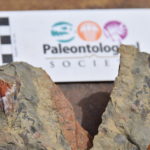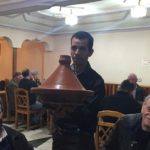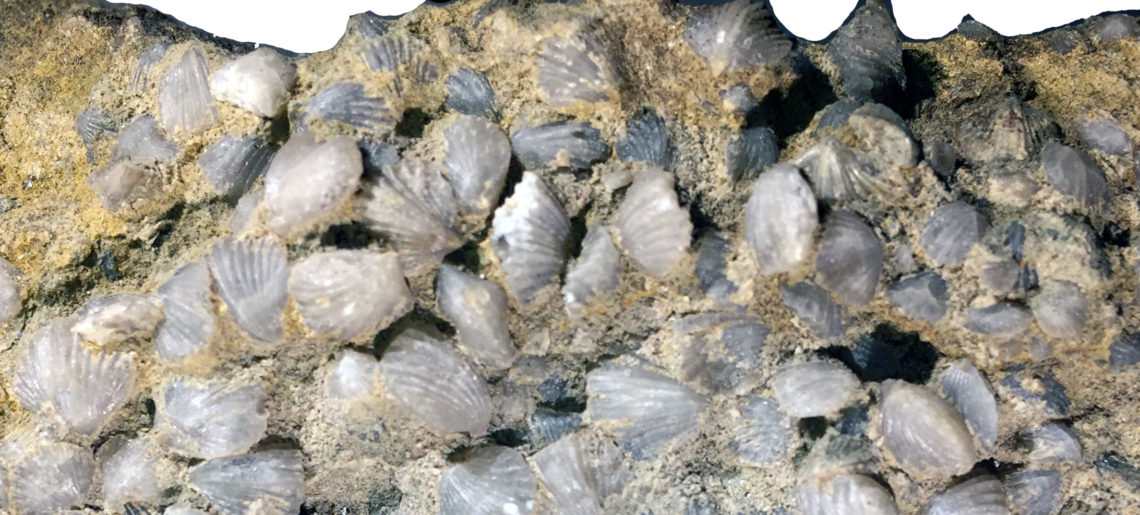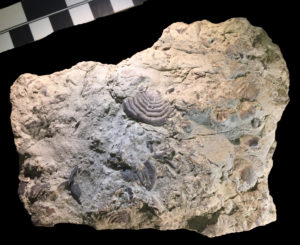Congratulations to Nilmani Perera (MS ’17)! Her thesis project, which identified hierarchical biogeographic patterns in the paleo communities of the Pennsylvanian Ames Limestone has been published in Palaeogeography, Palaeoclimatology, Palaeoecology.
Perera, S.N. and Stigall, A.L. 2018. Identifying hierarchical spatial patterns within paleocommunities: An example from the Late Pennsylvanian Ames Limestone of the Appalachian basin. Palaeogeography, Palaeoclimatology, Palaeoecology, 506:1-11.
Abstract: Identifying ecological mechanisms that produce hierarchically arrayed spatial variation in community structure can be difficult in the fossil record due to conflation of spatial and temporal patterns. However, this difficulty can be mediated by minimizing the temporal duration of deposition within the unit examined. In this study, the fauna of the Upper Pennsylvanian Ames Limestone (Conemaugh Group) was analyzed to explore whether Ames paleocommunities exhibited hierarchical structure in a spatial dimension. This widespread carbonate unit was deposited during the maximum flooding interval of a glacio-eustatically influenced fifth order sea level cycle, and preserved taxa are contemporaneous within only a few thousand years. Paleocommunity structure and variability was assessed at multiple spatial scales using samples collected from seven outcrops of the Ames Limestone throughout southeastern Ohio which form a northeast to southwest trending transect parallel to the paleoshoreline. Abundance data were collected using quadrat sampling for brachiopods, bivalves, gastropods, bryozoa, corals, crinoids, echinoids, trilobites and foraminifera. Paleocommunity structure was analyzed via cluster, ordination, guild, and abundance analyses at multiple spatial scales (within a single locality, among localities and within the total study area) to provide insight on geographic partitioning of paleocommunity variation. Multiple levels of paleocommunity organization were recovered within the Ames fauna. All levels exhibited spatial partitioning, but the inferred proximate controls shifted from abiotic environmental controls at higher hierarchical levels to biotic controls at the lowest level. At the highest level, differentiation into a northern and southern regional paleocommunity was controlled primarily by substrate consistency and habitat heterogeneity related to variation in fluvial input within the basin. Local paleocommunity differentiation reflects biotic responses to topographic and environmental conditions that were geographically distributed within the region; whereas within outcrop variation was due largely to biotic feedback mechanisms.
Key points:
- Paleoecology of a widespread, but temporally-restricted marine fauna was analyzed
- Community analyses identified hierarchical constraints on spatial structure
- Abiotic environmental controls were paramount at regional scales
- Biotic interactions were primary at local scales
- Hierarchical structure should be considered in paleocommunity analyses
Here is the university writeup about Nilmani’s paper:
Perera and Stigall Publish Study Detailing Ecological Structure of Local Fossil-Rich Limestone – Ohio University | College of Arts & Sciences
Generations of geology students at Ohio University have studied the Ames Limestone, the most fossiliferous rock layer in the Athens area, for class field trips and projects. This unit preserves skeletal remains of marine animals-corals, snails, brachiopods, trilobites, sharks- that inhabited a shallow sea that covered Athens about 300 million …



